
Kód: 38348756
Flora of the Codex Cruz-Badianus
Autor Arthur O. Tucker
In 1929, Charles Upson Clark (1875-1960), a history Professor at Columbia University carrying out bibliographic research on the early history of the Americas in the Vatican Library, came across a remarkable illustrated Latin manus ... celý popis
- Jazyk:
 Angličtina
Angličtina - Vazba: Brožovaná
- Počet stran: 340
Nakladatelství: Springer International Publishing, 2021
- Více informací o knize

Mohlo by se vám také líbit
Dárkový poukaz: Radost zaručena
- Darujte poukaz v libovolné hodnotě a my se postaráme o zbytek.
- Poukaz se vztahuje na celou naši nabídku.
- Elektronický poukaz vytisknete z e-mailu a můžete ihned darovat.
- Platnost poukazu je 12 měsíců od data vystavení.
Více informací o knize Flora of the Codex Cruz-Badianus
Nákupem získáte 628 bodů
 Anotace knihy
Anotace knihy
In 1929, Charles Upson Clark (1875-1960), a history Professor at Columbia University carrying out bibliographic research on the early history of the Americas in the Vatican Library, came across a remarkable illustrated Latin manuscript entitled Libellus de Medicinalibus Indorum Herbis (Little Book of Indian Medicinal Herbs) completed in 1552. The manuscript now known as the Codex Cruz-Badianus (CCB) contained 185 illustrations (phytomorphs) of plants with text that described their medicinal uses. This manuscript spread new light on botanical and medicinal knowledge of the indigenous peoples of Mexico known today as the Nahuas or Aztecs. It was to have major repercussions on our knowledge of Aztec culture and the history of New Spain in the 16th century.CCB was produced at the Colegio of Imperial de Santa Cruz at Tlatelolco established in 1536 to train sons of the Aztec nobility for the clergy. The authors were two indigenous faculty members, Martin (Martinus in Latin) de la Cruz and Juan Badiano (Juannes Badianus in Latin) whose Spanish names were conferred upon their baptism. Martin de la Cruz was the Colegio's indigenous doctor who gave instruction in medicine and Juan Badiano, a Latin teacher and former student translated the book into Latin.The herbal dedicated to the Viceroy Francisco de Mendoza was sent to Spain as a gift to King Carlos I soon after its completion in 1552. The original ended up in the Vatican Library until 1990 when John Paul II returned it to Mexico. In 1931, the Mayanist scholar, William Gates, and the biologist Emily Walcott Emmart became aware of the manuscript and independently translated it to English. In 2009, Martin Clayton, Luigi Guerrini, and Alejandro de Avila identified plants of the CCB based on Emmart's book and a 17th century copy found in the Windsor library. Of the 185 phytomophs, Gates identified 85 on the generic level, Emmart 9, and Clayton et al. 126. However most of these identifications disagree. In the present work, 183 of 185 phytomorphs are systematically re-evaluated and identified on the generic, as well as specific level, along with their botanical descriptions, previous identifications, putative identification, distribution, names, and uses.
 Parametry knihy
Parametry knihy
Zařazení knihy Knihy v němčině Naturwissenschaften, Medizin, Informatik, Technik Biologie Zoologie
6283 Kč
- Plný název: Flora of the Codex Cruz-Badianus
- Autor: Arthur O. Tucker
- Jazyk:
 Angličtina
Angličtina - Vazba: Brožovaná
- Počet stran: 340
- EAN: 9783030469610
- ISBN: 3030469611
- ID: 38348756
- Nakladatelství: Springer International Publishing
- Hmotnost: 588 g
- Rozměry: 235 × 155 × 18 mm
- Datum vydání: 11. October 2021
Oblíbené z jiného soudku
-
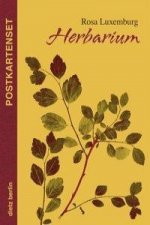
Herbarium Postkartenset
224 Kč -
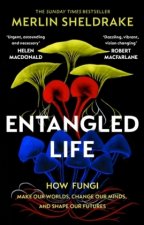
Entangled Life
269 Kč -
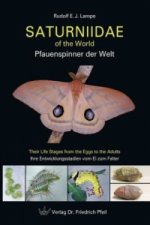
Saturniidae of the World. Pfauenspinner der Welt
1677 Kč -

Die Zucht von tropischen Wilden Seidenspinnern. A Guide to the Breeding of Tropical Silk Moths
921 Kč -
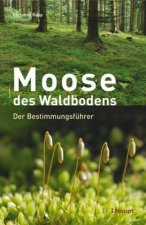
Moose des Waldbodens
942 Kč -
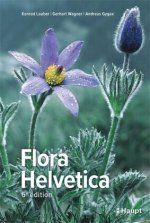
Flora Helvetica - Flore illustrée de Suisse
4429 Kč -

Silicon in Plants
1774 Kč -
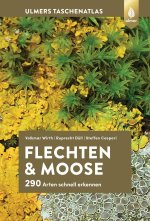
Flechten und Moose
829 Kč -
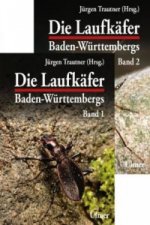
Die Laufkäfer Baden-Württembergs, 2 Bde.
2796 Kč -

Technologia biogazu
1234 Kč -

Eat Weeds
720 Kč -
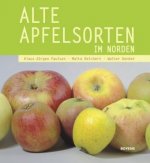
Alte Apfelsorten im Norden
379 Kč -
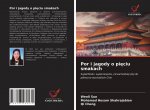
Por i jagody o pięciu smakach
1234 Kč -
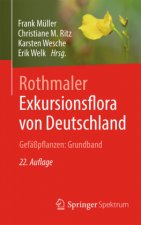
Rothmaler - Exkursionsflora von Deutschland. Gefäßpflanzen: Grundband
1116 Kč -
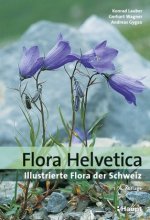
Flora Helvetica - Illustrierte Flora der Schweiz
4143 Kč -

Die Schmetterlinge Baden-Württembergs Band 3 - Nachtfalter I. Tl.1
479 Kč -

Planta Sapiens - The New Science of Plant Intelligence
680 Kč -
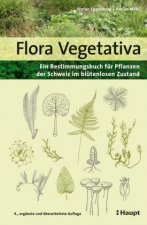
Flora Vegetativa
1945 Kč -
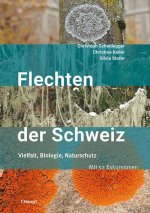
Flechten der Schweiz
1594 Kč -
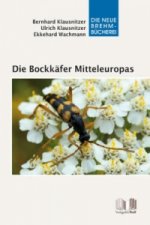
Die Bockkäfer Mitteleuropas - Gesamtausgabe, 2 Teile
2248 Kč -
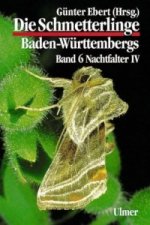
Die Schmetterlinge Baden-Württembergs Band 6 - Nachtfalter IV. Tl.4
479 Kč -

Nanofertilizers: New Era of Advancement in Agriculture
1552 Kč -
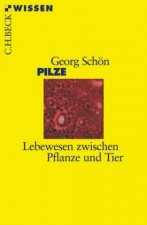
Pilze
225 Kč -
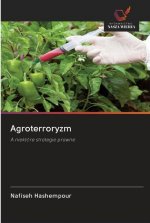
Agroterroryzm
845 Kč -

Plant Nutrition and Food Security in the Era of Climate Change
4814 Kč -
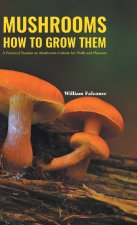
MUSHROOMS HOW TO GROW THEM
843 Kč -

Tigerpythons
600 Kč -
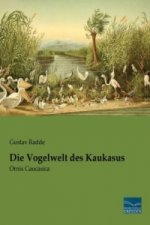
Die Vogelwelt des Kaukasus
1007 Kč -
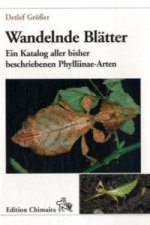
Wandelnde Blätter
768 Kč -
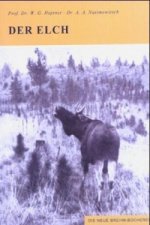
Der Elch
782 Kč -
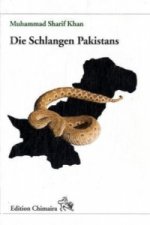
Die Schlangen Pakistans
891 Kč -
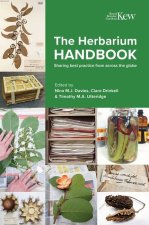
The Herbarium Handbook
765 Kč -
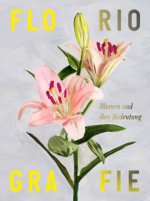
Floriografie
391 Kč -
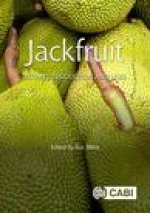
Jackfruit
5094 Kč -
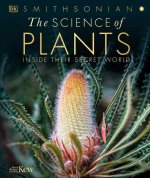
The Science of Plants: Inside Their Secret World
1128 Kč -
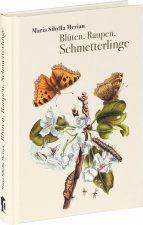
Blüten, Raupen, Schmetterlinge
574 Kč -
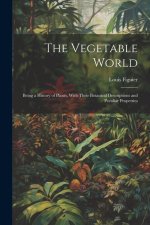
The Vegetable World: Being a History of Plants, With Their Botanical Descriptions and Peculiar Properties
897 Kč -
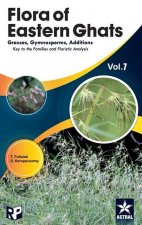
Flora of Eastern Ghats Vol 7
3482 Kč -
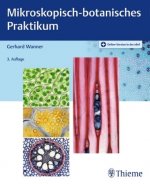
Mikroskopisch-botanisches Praktikum
1203 Kč -
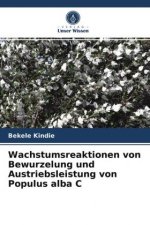
Wachstumsreaktionen von Bewurzelung und Austriebsleistung von Populus alba C
1379 Kč -
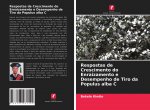
Respostas de Crescimento do Enraizamento e Desempenho de Tiro da Populus alba C
1379 Kč -
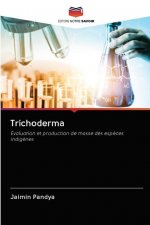
Trichoderma
845 Kč -
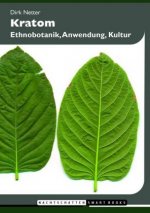
Kratom
452 Kč -
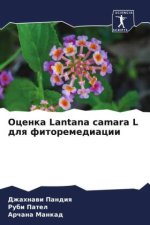
Ocenka Lantana camara L dlq fitoremediacii
633 Kč -
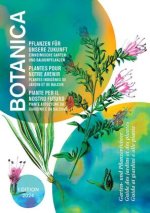
Botanica 2024
556 Kč -
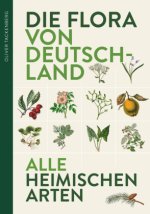
Die Flora von Deutschland. Alle heimischen Arten.
2288 Kč -
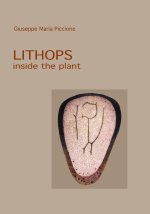
Lithops inside the plant
2028 Kč -
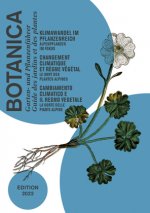
Botanica
556 Kč -
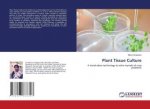
Plant Tissue Culture
1379 Kč
Osobní odběr Praha, Brno a 12903 dalších
Copyright ©2008-24 nejlevnejsi-knihy.cz Všechna práva vyhrazenaSoukromíCookies



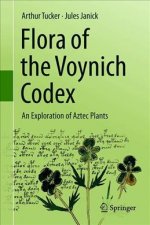

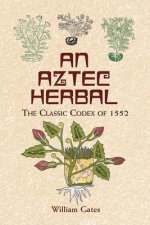
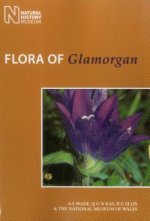
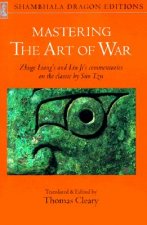
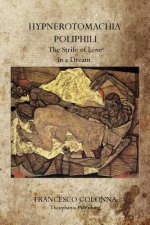
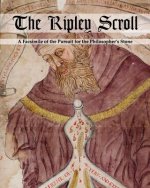
 Vrácení do měsíce
Vrácení do měsíce 571 999 099 (8-15.30h)
571 999 099 (8-15.30h)